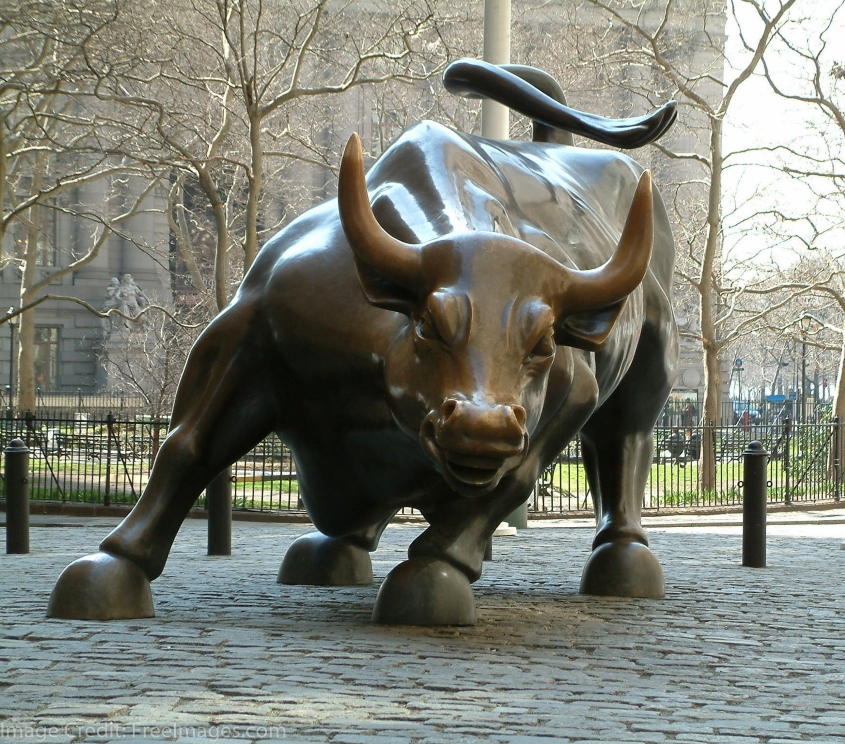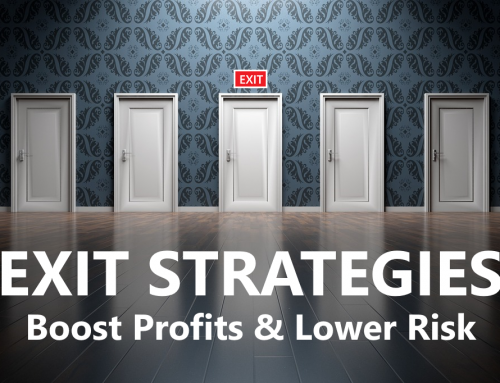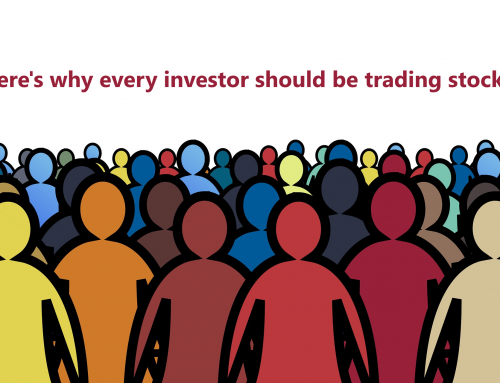As the longest bull market in U.S. history celebrates its 10th anniversary Saturday, Wall Street pros are debating whether the old-timer is on its last legs or mustering a second wind.
UPDATE: this page needs fresh content
The question is pivotal for the 401(k) plans and other investments of millions of Americans who have built robust nest eggs on the back of the market’s impressive rise.
“Bull markets don’t die of old age,” says Jason Ware, chief investment officer at Albion Financial Group. “I see no reason the bull market should abruptly end as long as the economy stays out of recession” and the Federal Reserve doesn’t excessively raise interest rates.
Others are more skeptical. “It’s a late-stage market with one last rally in it,” says Jared Woodard, global investment strategist for Bank of America Merrill Lynch. He expects the stock market to reach new highs this year before petering out by 2020 on lower corporate earnings or higher inflation and interest rates.
A bull market is generally defined as a sustained rise in stock prices without a 20 percent drop from its peak – or bear market – based on closing prices. Since the Standard & Poor’s 500 stock index bottomed out at 676.53 on March 9, 2009, in the thick of the Great Recession and financial crisis, it has more than quadrupled.
If you were daring enough to invest $100,000 in a broad stock index fund on that dark day 10 years ago, your investment would be worth $406,327 today. The market has averaged 17.6 percent annualized returns year during that period, compared with a historical average of about 10 percent, according to S&P Dow Jones Indices.. This bull topped the 1990s rally as the longest last August.
After months-long, stomach-churning turbulence, the bull nearly met its demise Christmas Eve when the S&P 500 was down 19.8 percent from its late-September record of 2,930.75. Investors were spooked by the Fed’s plan to raise interest rates twice more this year (after nine hikes since late 2015), President Donald Trump’s trade war with China, a slowing global economy and the fading effects of federal tax cuts and spending increases.






